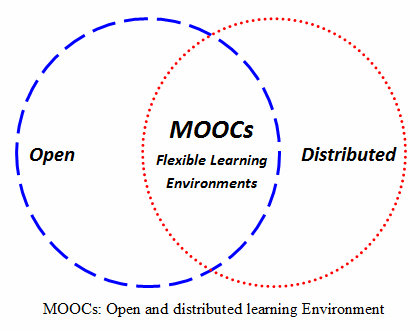- 1. Every learner has his/her own way to learn new knowledge.
Because people have different characteristics which develop the diversity of learning style, for example, some people think it is better to read out loud and some think the other way. Some people like to make notes while they are reading, some people do not. There is no right or wrong, better or worse way of learning things. There are only suitable ways of learning for learners. So, it is very important to find a learning style that is suitable for the learners which contribute to my second point.
I have this experience that when I was in China, I forgot to put my name on my example paper. The teacher from the other class was able to recognize which was the teacher of mine when everyone was doing the same paper out of many different sections of the same subject. From here, we can see that the style of answering questions can be passed on by teachers. The same applies to the style of learning.
- Why is it important to find a suitable way of learning for every learner?
Because an appropriate, good method of learning can save much time for learners. For example, some people are good at summarizing content out of a long article, and some do not. It will be a better method for the learners with the better-summarizing skills to conclude the materials they have read (Hypothes.is would be a good app for them to conclude the content as an annotation). People with weaker summarizing skills can read the materials several times instead of misunderstanding or guess the meaning of content.
- Through OER, learners can easily find or develop their personalized ways of learning.
Because it is a flexible, free and easy-access source which better for the learner to discover and develop their personalized study method. It is important for the learner to have a flexible and easy-going environment. There are applications or websites like FLOE designed for diverse learners. It has many tools for learners to use, first discovery tool, preference exploration tool, and so on. It is a really good open-source.
- 1. “If we had easy-to-use tools, we’d all make our content more accessible”. What does this concept mean? It is a bit rough and general. What does this sentence try to tell us in a more logical way?
2.” The goal of education is to support learners in reaching their full potential”. “Full potential” What does full potential mean? What kind of aspects does it include? Full potential is too broad and impossible to achieve. The potential of human is infinitive large. So, I am confused by this sentence or perhaps I want to know the details.
- The module in week 11 mainly talks about the how and why the Universal Design for Learning. I wonder more about the what is the Universal Design for Learning. There should be more information or history about the universal design. It will be more helpful for people to contextualize the content. And perhaps have different understandings on the same content.
